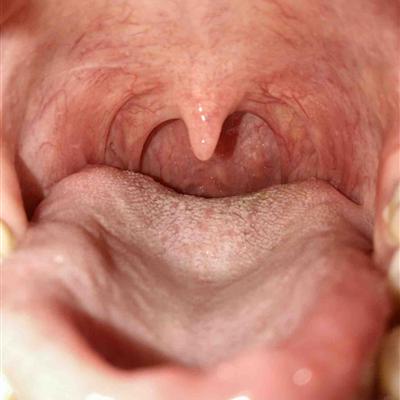Symptoms of steal blood syndrome?
summary
When a certain artery in the human body is partially or completely occluded, the pressure at the distal end of the artery will drop significantly, which will produce a "siphon" effect. By "stealing" from nearby vessels through the collateral branches of the artery, a series of symptoms of insufficient blood supply will appear in the blood supply area of the adjacent vessels, which is called "steal" syndrome in medicine. Symptoms of steal blood syndrome? Let's talk about it
Symptoms of steal blood syndrome?
Subclavian steal syndrome: subclavian artery is the main blood vessel supplying brain, spinal cord, chest back, upper limb and other parts. When most or all of the vertebral arteries supplying the blood to the brain were occluded before they were separated, the blood of the vertebral artery on the affected side was countercurrent due to siphoning, and the blood of the vertebral artery on the other side was also "stolen" to enter the subclavian artery of the affected side to supply the upper limb, resulting in ischemic symptoms of the brain and the affected upper limb. The difference of systolic blood pressure between the two upper limbs is more than 2.7kPa (20mmhg), the pulse of the affected upper limb is 0.03-0.06s (normal is not more than 0.002-0.01s), and the systolic vascular murmur can be heard in the supraclavicular fossa. But the exact diagnosis of this disease still depends on arteriography.

Internal and external carotid steal syndrome: the left and right internal carotid arteries are the main blood vessels that supply blood to the brain and eyes. When one internal carotid artery is occluded, the blood supply of the other internal carotid artery or vertebral basilar artery will be compensated. If the other side of the blood supply is not good, then part of the blood supply to the opposite side, there will be insufficient blood supply. Patients often have vertigo, headache, walking instability, dizziness, hearing loss, occipital pain and other symptoms.

Vertebrobasilar steal syndrome: the vertebrobasilar artery is a major blood vessel that supplies blood to the brain. When it is occluded, especially when the left and right vertebral arteries are occluded, it can steal blood from the internal carotid artery system through the vascular network. If the vascular network in the brain is sound and there is no diffuse disease in the cerebral artery, the patient may be asymptomatic. If the blood supply of the internal carotid artery itself has problems, and can not meet the vertebral artery "steal blood", the patient may have mild hemiplegia, aphasia and other symptoms of cerebral blood supply insufficiency.

matters needing attention
General blood and urine laboratory examination of patients with this disease is normal. Transcranial Doppler ultrasound can continuously and dynamically observe the direction and speed of blood flow of vertebral artery and basilar artery, and observe the influence degree of stolen blood from other intracranial arteries. It is a sensitive index of steal blood syndrome, and can evaluate the treatment effect and follow-up. B-ultrasound of cervical artery can find the change of vertebral artery reverse flow. CT and MRA can show the stenosis or occlusion of blood vessels. Finally, digital subtraction angiography is needed to further determine the severity of the disease and determine the treatment plan.
















